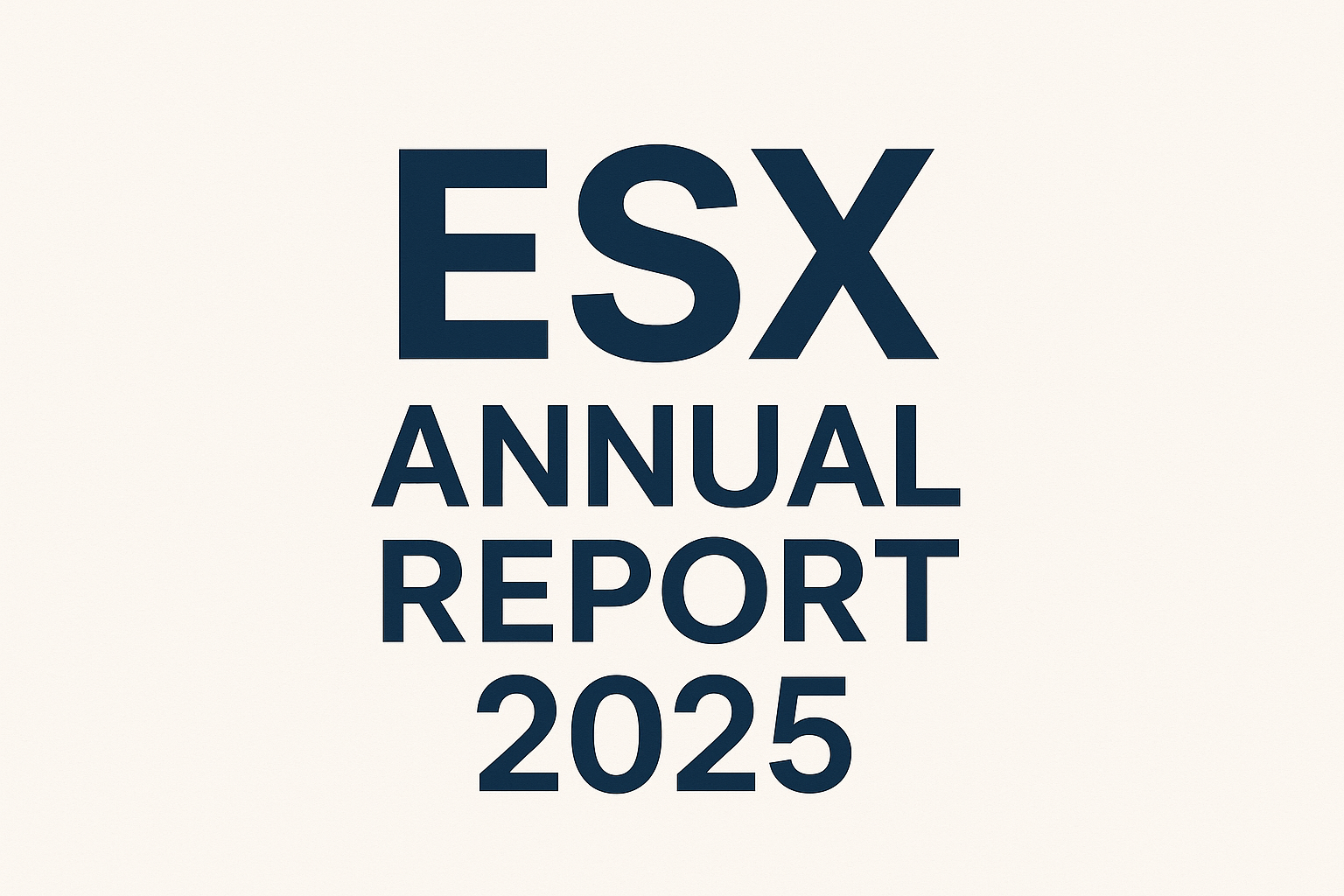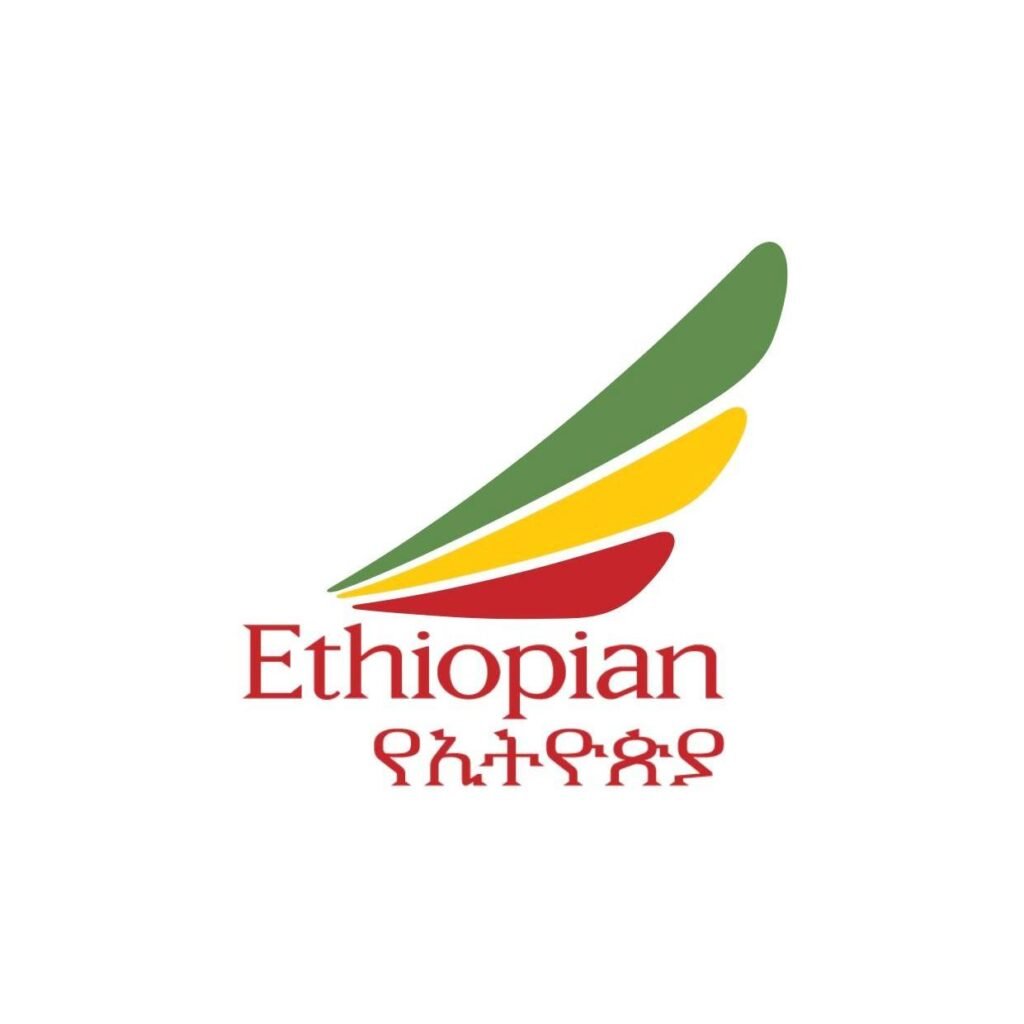Ethiopia Begins Historic Electricity Exports to Tanzania Through Kenya’s Grid
Addis Ababa/Dar es Salaam
Ethiopia has achieved a significant milestone in regional energy cooperation by initiating electricity exports to Tanzania for the first time, utilizing Kenya’s high-voltage transmission infrastructure. This groundbreaking trilateral arrangement marks a major advancement in East Africa’s power integration efforts and solidifies Ethiopia’s position as a leading energy provider in the region.
Details of the Power Transfer
The electricity transmission originates from Ethiopia’s Gilgel Gibe III hydroelectric facility, traveling through Kenya’s 500kV Loiyangalani-Suswa transmission line before reaching Tanzania via the Nairobi-Narok-Bomet-Musoma interconnection. The initial phase will deliver 100 megawatts to Tanzania, with plans to increase capacity to 400 megawatts by 2026 as demand grows.
Regional Impact and Benefits
For Ethiopia, this agreement expands its role as East Africa’s primary electricity exporter, adding to existing power supply arrangements with Kenya, Djibouti, and Sudan. The deal is projected to generate approximately 50 million dollars in annual revenue for Ethiopia.
Tanzania stands to gain substantially through reduced dependence on costly gas and diesel power generation, with anticipated electricity cost reductions of 15 to 20 percent for industrial consumers. Kenya benefits through transit fees while demonstrating its transmission network’s capability to facilitate regional power exchanges.
Technical Specifications
The electricity traverses 1,500 kilometers from Ethiopia to Tanzania through Kenya’s grid network. The transmission operates at 500kV high-voltage direct current, with coordination between Ethiopia Electric Power, Kenya Power, and Tanzania Electric Supply Company.
Implementation Challenges
The project overcame significant technical obstacles, including synchronizing Ethiopia’s 50Hz electrical system with Kenya and Tanzania’s infrastructure, which required substantial upgrades. Political and commercial negotiations spanning several years were necessary to finalize pricing at 0.07 dollars per kilowatt-hour and establish transit agreements.
Future Expansion Plans
Phase two of the project, scheduled for 2026, aims to extend electricity exports to Uganda and Rwanda using the same transmission corridor. The long-term vision involves complete integration of Eastern Africa Power Pool member states, with potential connections to Southern African power networks.
A spokesperson for the Eastern Africa Power Pool commented that this achievement demonstrates the practical viability of regional power trading as a sustainable energy solution for Africa’s future.
Sources:Ethiopia Electric Power, Eastern Africa Power Pool reports, Kenya Ministry of Energy







